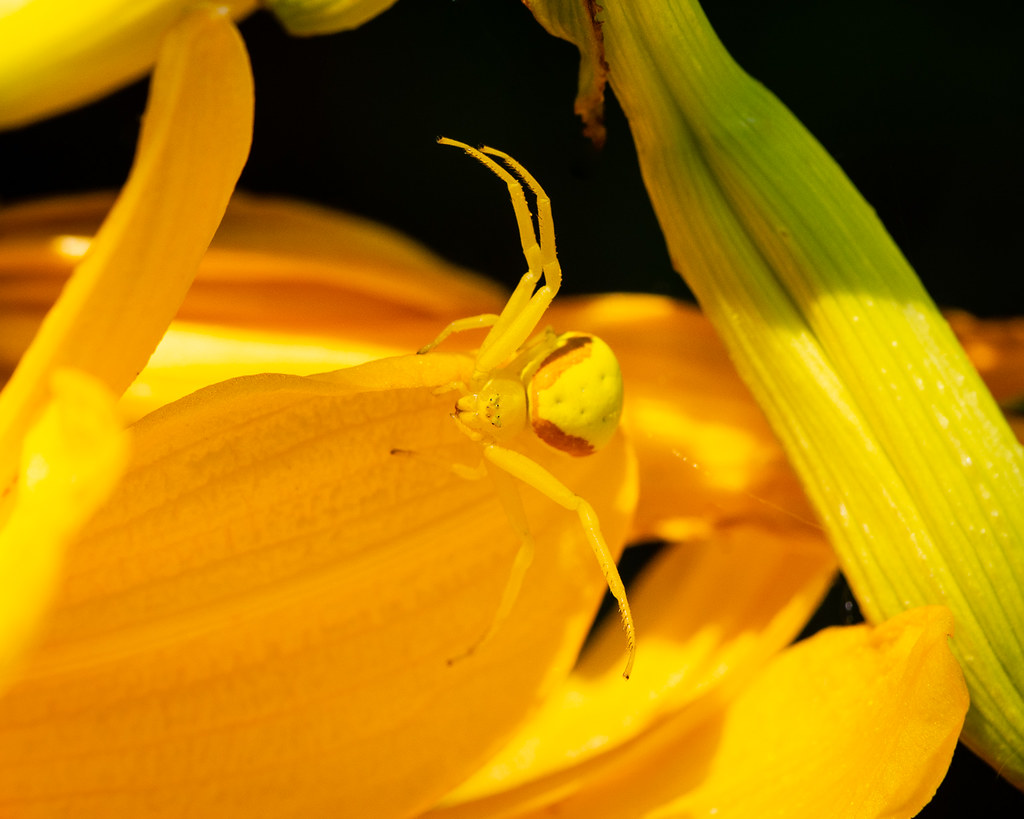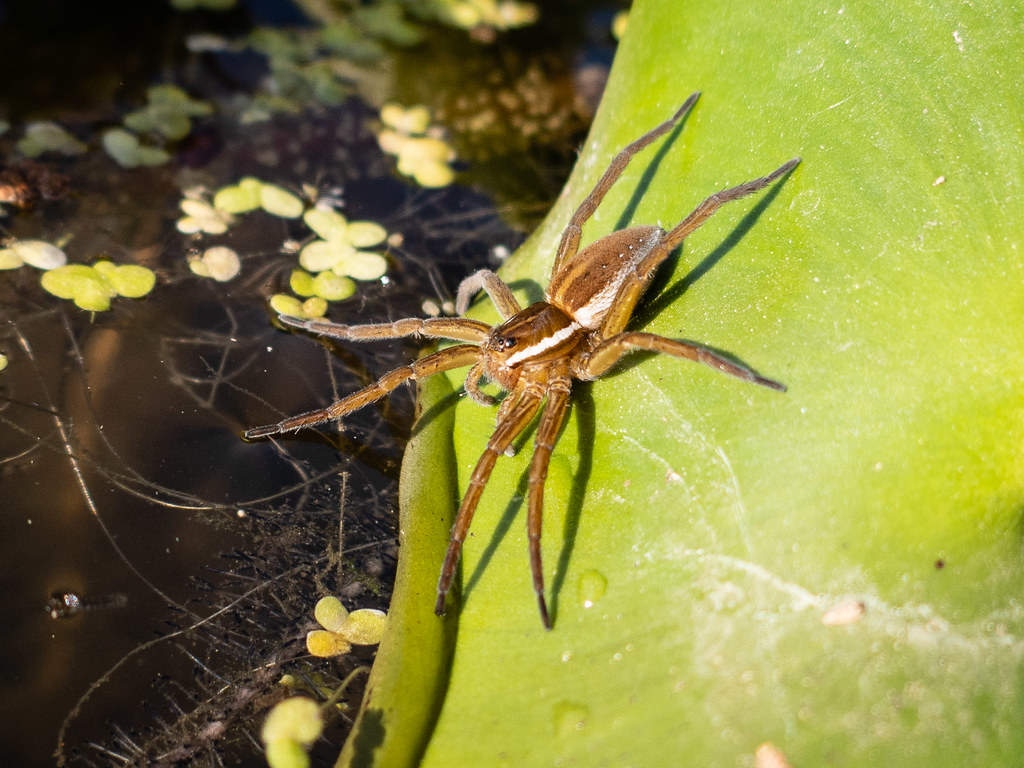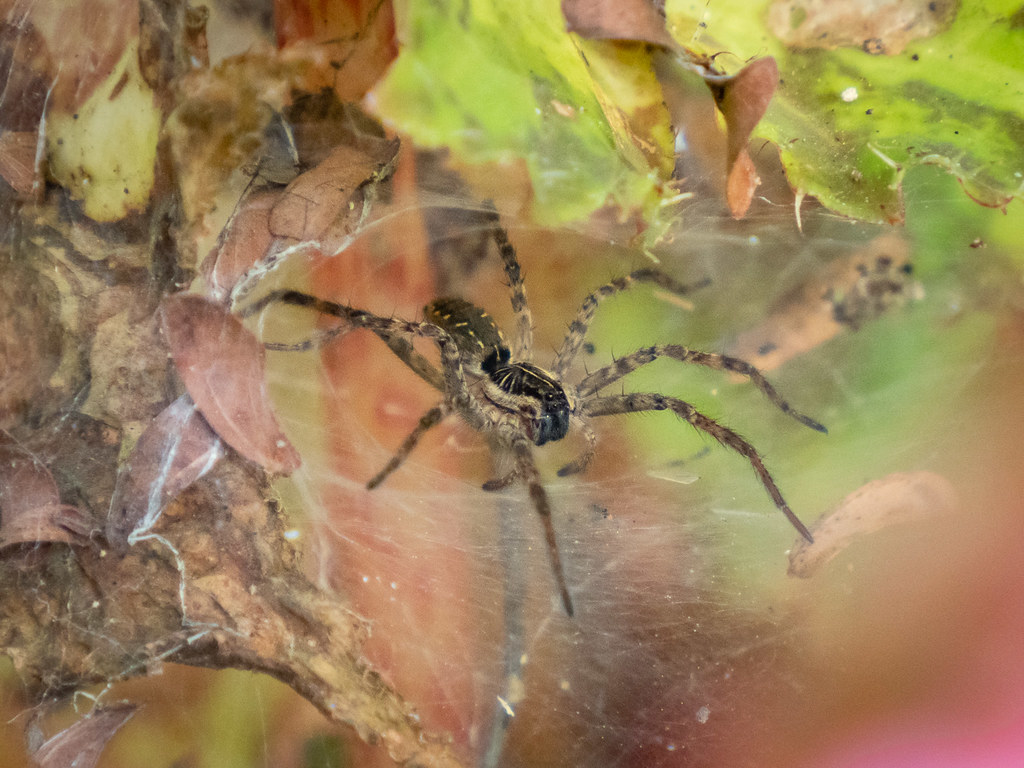Here are just a few facts about spiders that may help you to view these tiny creatures with awe rather than fear.
Insect, Arachnid, or Spider?
All spiders are arachnids, but not all arachnids are spiders. The arachnid category also includes scorpions, mites, ticks, and harvestmen (aka daddy longlegs).
All arachnids have 8 legs (it’s safer to consider this as 4 pairs of legs as spiders often lose one or two legs and still manage just fine), whereas insects only have 6 legs. Unlike insects, arachnids only have two parts to their body and lack antennae and wings.
A Vote of Thanks
There are over 45,000 different types of spiders and we owe them a huge vote of thanks as they play an important role in safeguarding our food supply by reducing the number of agricultural pests. In our homes, spiders keep insect pests under control and even limit the spread of disease via fleas, mosquitoes, and cockroaches. One spider can catch hundreds of tiny flies in a single day.
By the way, there are house spiders and garden spiders. Garden spiders only rarely come indoors and, if you put a house spider outside, it will die.
Why Most Spiders Have Eight Eyes
Unlike humans, spiders don’t have a neck so they can’t easily turn their head to look at things like we can. Extra eyes help them to see in various different directions.
In addition, human eyes perform a variety of different functions, whereas each pair of spider eyes has a specific role to play. The main set of eyes provide sharp colour vision and are good at accurately picking out details. They’re often large, helping them to take in a larger field of vision.
The secondary sets of eyes on the sides of their head detect motion and warn the spider when something is heading their way, be it predator or prey.
Spiders don’t have ears, but they can sense vibrations. Tiny hairs on their legs bend in response to vibrations in the air or transmitted through floors and walls. Scientists have found that jumping spiders will freeze when they pick up a low-frequency hum or buzz as this sound overlaps with the wingbeat frequency of predators such as parasitoid wasps and flies.
Spiders pluck the strings of their webs, causing the webs to vibrate. Differences in the vibrations will tell them what type of meal is tangled in their web, if a potential mate is approaching, or whether the web is damaged and needs repairs.
Weavers and Webs
Spiders possess a remarkable ability to produce silk that is tough, flexible, and completely organic. The silk starts out as a watery gel. As it passes through an ever-narrowing tube, it picks up coatings that are responsible for stickiness and water resistance. The gel only solidifies when it is stretched. Spiders can create different kinds of silk for different tasks, whether it’s to build a web, wrap up prey or an egg sac, or provide a pocket of air for water spiders.
Not all spiders spin webs to catch their prey. Some, such as wolf spiders, are hunters, while others sit and wait for the prey to come to them (e.g. crab spiders). Spiders also create many different kinds of webs – from the round, geometrical webs we may find in our homes to sheets, funnels, and loosely connected cobwebs.
Webs are sticky – that’s how they catch their prey or get caught in our hair. So how do spiders avoid getting trapped in their own web? First of all, webs aren’t consistently sticky so spiders are able to step around the drops of glue. Even if they touch one, it’s annoying (like stepping on a wad of bubble gum) but not a serious problem. But when a fly hits a web, it hits about 50 drops of glue all at the same time and then it’s stuck.
Garden spiders lay a sac of eggs in a sheltered spot and remain with it until they die in the fall. The spiderlings will emerge the following summer, forming a web with a ball of tiny spiders that scatter in all directions when disturbed.
Fishing spiders create a nursery web to protect their spiderlings when they hatch.
Wolf spiders carry their spiderlings around for a week, either feeding them with liquefied food or killing prey for them to eat.
Some spiderlings leave home by heading to a high spot on a plant and producing one or more strands of silk that are then picked up and carried away by the rising air currents on a warm day.
See Also
EcoFriendly Sask supports Saskatchewan environmental initiatives through an online publication, an events calendar, small grants, and the Nature Companion website/app. You can follow EcoFriendly Sask by liking us on Facebook, following us on Twitter, or subscribe by email (top right corner).
Nature Companion, a free (and ad-free) app/website, introduces over 300 of the trees, plants, insects, reptiles, animals, and birds found in Canada’s four western provinces.




